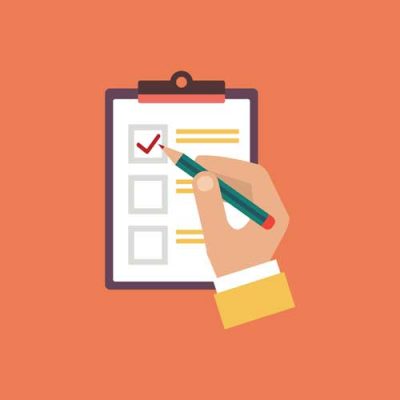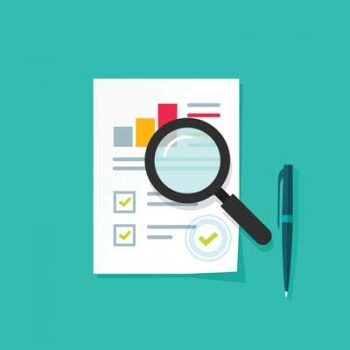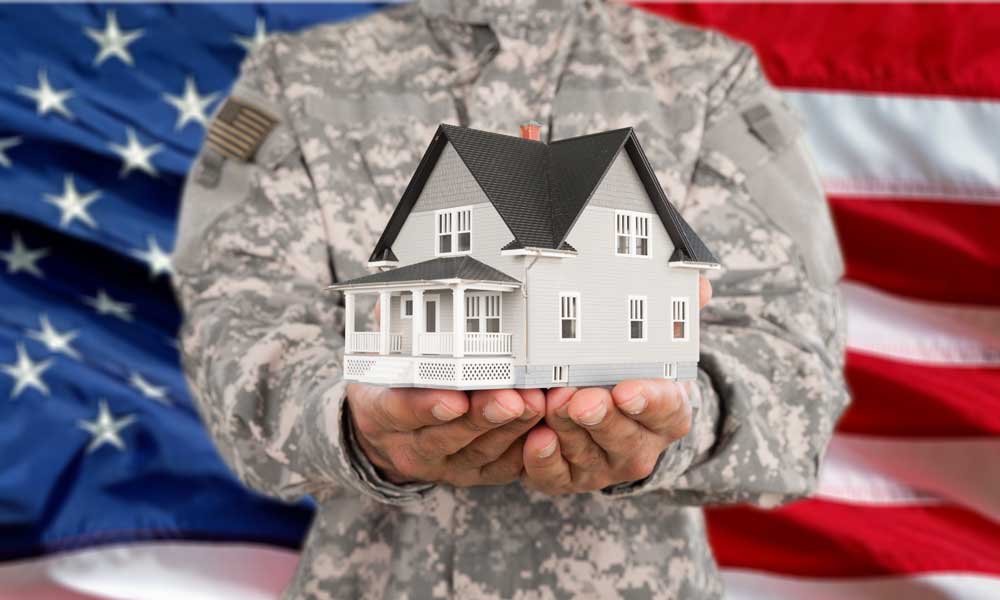A VA loan is perhaps the most flexible home loan available, and if you are a former or current military member, it’s a benefit you need to consider when shopping for a mortgage. Once the government required lenders to tighten requirements for qualifying for a mortgage in the wake of the housing market crash of 2008, the VA loan became even more desirable.
A VA loan is a particular type of mortgage loan designed to help military veterans or those who are currently serving to get financing for a home. Except for exceptionally large loans, a VA loan usually does not require a down payment and can be used for the purchase of a single-family home, a condo, a multi-unit property, a manufactured home, or even brand-new construction. About the only requirement is that the property must become the primary residence of the borrower. The home buyer also must intend to occupy within 60 days, and these loans are prohibited from use to purchase a vacation, rental or investment home.
Other than purchasing a primary residence, VA home loans are available for a few different purposes. You may be approved for a VA loan to improve your existing home through the installation of energy-related features, refinancing an existing VA loan to get a lower interest rate, and refinancing an existing private mortgage loan.
Who can get a VA loan?
VA loan is open to any military veterans or active duty service member who has at least six months of service.
National Guard members and reservists are eligible for a VA loan, but they must wait six years. If a reservist or National Guard member gets called to active duty, all they need is 181 days of service.
Spouses of a service member who died in active duty or spouses of a service member who died from a service-related disability are also eligible, provided those spouses do not remarry.
What makes a VA loan so good?
Financial institutions like your bank or credit union offer VA loans, but the Department of Veterans Affairs backs the loans. This backing is called a guarantee, and it ensures that the lender has significantly less risk in the event the borrower defaults on the loan. Because of the guarantee, service members and veterans who secure a VA loan:

-
Pay no private mortgage insurance (PMI)
-
Do not have to come up with a down payment
-
Do not need to have a minimum credit score
-
Pay lower interest rates compared to conventional mortgage loans
These four factors combined can mean hundreds of dollars of savings each month, and thousands of dollars over the lifetime of a mortgage.
Another benefit of a VA loan is the assistance for borrowers struggling with their payments. If a VA loan borrower is having financial trouble, the VA will negotiate with the lender on their behalf. Dedicated VA financial counselors will help borrowers with individual repayment plans, modifications to loan terms, and many other options that serve as alternatives to foreclosure.
What are the qualifications for a VA loan?
VA loans are indeed more attainable than traditional loans and have more flexible guidelines, but there are qualification stipulations.
While there is no minimum credit score to get the initial qualification for a VA loan, your loan approval hinges on your credit score, income, and other financial factors. It’s an advantageous loan, but it’s not a free-for-all. If your credit score is too low (below 600), there’s a chance a lender won’t approve you at all.
When you apply for a VA loan, you must prove you have sufficient income to pay the mortgage back, and you should not have an overwhelming debt load. A lot of debt (especially revolving debt like credit cards) will make it difficult to get a VA loan. If you’ve had financial difficulties in the past, it’s worth noting that most VA loan lenders place a priority on your current finances over your old habits.
VA guidelines allow veterans to use their home loan benefits as soon as a year after foreclosure or declaring bankruptcy. It is more likely that you will get approval for a VA loan even if you don’t qualify for conventional financing.
Is there a limit to how much someone can borrow with a VA loan?
The VA doesn’t set a limit as to how much a veteran or active duty service member can borrow through a VA loan. They do, however, limit how much they will guarantee, and this directly impacts how much a financial institution is willing to lend.
The limits vary by county and are right around $420,000 in most areas. In certain counties that are considered higher cost, like parts of Hawaii and California, that limit can rise to as much as $720,000.
What’s needed to apply for a VA loan?

There’s a standard form to apply for a VA loan called Freddie Mac Form 65. To complete the application process, you will need:
-
Copies of your W2 statements from work for the past two years to verify and calculate gross household income
-
Copies of your last two pay stubs
-
Documentation on all of assets like checking and savings accounts, investments and trust accounts
-
Your DD 214 (Certificate of Release or Discharge from Active Duty) or your Certificate of Guarantee to prove your military status
Are there any fees for VA loan?
Even though a VA loan does carry lower fees and initial costs than a traditional mortgage, it’s still important to be aware of the funding fee. This one-time fee varies depending on how much, if any, down payment is made.
Here’s an example of a traditional VA loan funding fee:
A first-time borrower who places no money down would usually pay a fee of 2.15 percent of the loan’s total value. If the borrower makes a down payment of 10 percent or more, that fee reduces to 1.25 percent. Veterans who are/were in the reserves and National Guard can expect to pay about a quarter percent more than active duty members.
Veterans who use the loan for the second time (the first loan must be paid off) will pay an increased interest rate at approximately 1 percent than paid on the first mortgage. This fee is often waived entirely if a veteran has a service-related disability.
Closing costs include the VA appraisal, credit checks, local and state taxes, and recording fees. Like traditional loans, these are paid by the person selling the home, the person buying, or the costs are shared. Be aware that a seller can’t pay more than 4 percent of the loan in closing costs.
The final word about VA loans
Since it began back in the 1940s, this program has helped more than 22 million people achieve homeownership. The average VA loan is around $225,000, which would amount to a $45,000 cash down payment for most traditional mortgage loans. A look at that figure alone shows how this loan opens doors for so many people.
According to some statistics, 79 percent of veterans own a home thanks to the VA loan program. This number is significantly higher than the 63 percent of civilian adults who own a home.
While the numbers for VA loan usage are encouraging, some experts say these loans are not being utilized enough, either due to misinformation or lack of information. The military tries to educate service members about the program, but some service members say they weren’t aware of all the benefits while others say they were steered away from the program by their bank. It could be that a VA loan takes more time and paperwork to process than a conventional mortgage loan, cutting into the bank’s profits. Veterans and service members need to insist on being considered for a VA loan if their bank offers this type of mortgage. There’s seldom a time that a VA loan isn’t your best option for a mortgage.


